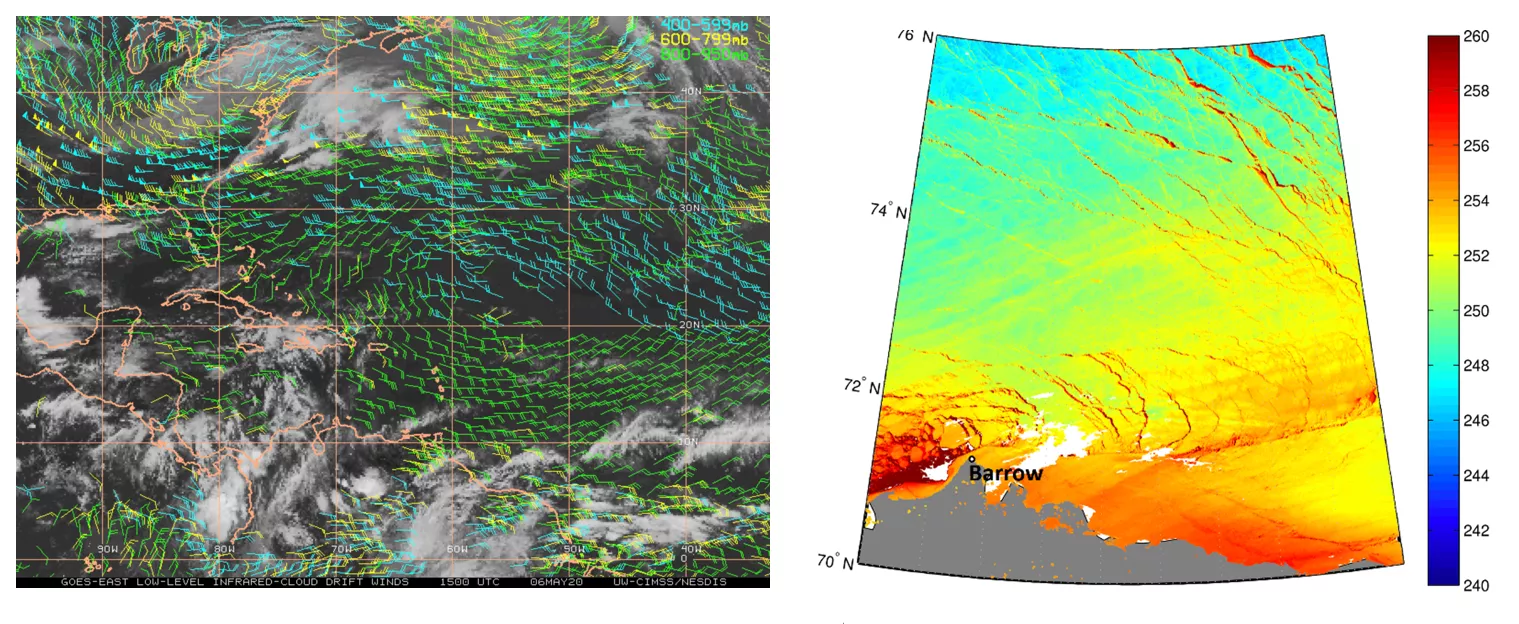NOAA has extended its 40-year partnership with the University of Wisconsin-Madison to perform vital satellite meteorological research through its Cooperative Institute for Meteorological Satellite Studies (CIMSS). The extension, made possible through a cooperative agreement award of up to $150 million over five years, has the potential for renewal of another five years based on successful performance.

CIMSS will continue its focus on using satellite meteorological data, products and services to support weather and climate information needs. CIMSS operates within the Space Science and Engineering Center (SSEC) at the UW–Madison.
In cooperation with NOAA, CIMSS will perform innovative research that aligns with priorities of NOAA’s Satellite and Information Service and National Weather Service. CIMSS will emphasize satellite meteorology in support of weather and environmental analysis, focusing on calibration and validation of satellite data, use-inspired product development, climate data records, assimilation of satellite data in numerical weather prediction models, outreach, and education. It will also pursue and implement advances in cloud computing, machine learning and computational intelligence to exploit big data.
CIMSS builds upon its work in environmental satellite remote sensing and applications, supporting NOAA’s mission to understand and predict changes in climate, weather, coasts and oceans, and share that knowledge and information with others. CIMSS was first formed through a Memorandum of Understanding between the UW-Madison, NOAA and NASA in 1980, and has expanded into emerging areas of applied research and technology that support NOAA in achieving its mission.
“NOAA’s cooperative institutes add value to our ongoing efforts to observe and understand the complex dynamics of the Earth’s physical and biological systems, and from that understanding to predict the weather and climate challenges facing the planet,” said Stephen Volz, Ph. D, assistant administrator of NOAA’s Satellite and Information Service. “We look forward to the great work NOAA and CIMSS will accomplish together on these critical global environmental issues facing the nation and the world.
The NOAA Cooperative Institutes are academic and non-profit research institutions that demonstrate the highest level of performance and conduct research that supports NOAA's Mission Goals and Strategic Plan. NOAA supports 17 Cooperative Institutes consisting of 57 universities and research institutions across 23 states and the District of Columbia. In addition to addressing the essential mission needs for NOAA, these research institutions also provide strong educational programs that promote student and postdoctoral scientist involvement in NOAA-funded research.